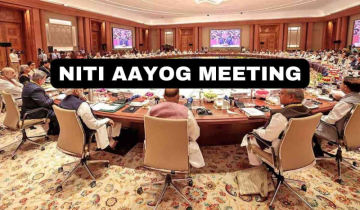The addition of Geographical Indication (GI) tags to over 60 products from various areas has strengthened India's cultural heritage and economic branding. This unique mass recognition shows how different and unique traditional crafts, farming products, and cultural heritage items are across the country.
Geographical Indication (GI) tags indicate that a product originates from a specific region and possesses specific characteristics or an associated reputation. As a way to protect intellectual property, they draw attention to the fact that the goods are made in a specific place and with traditional methods.
Some GI Tags
Assam's Rich Cultural Heritage:
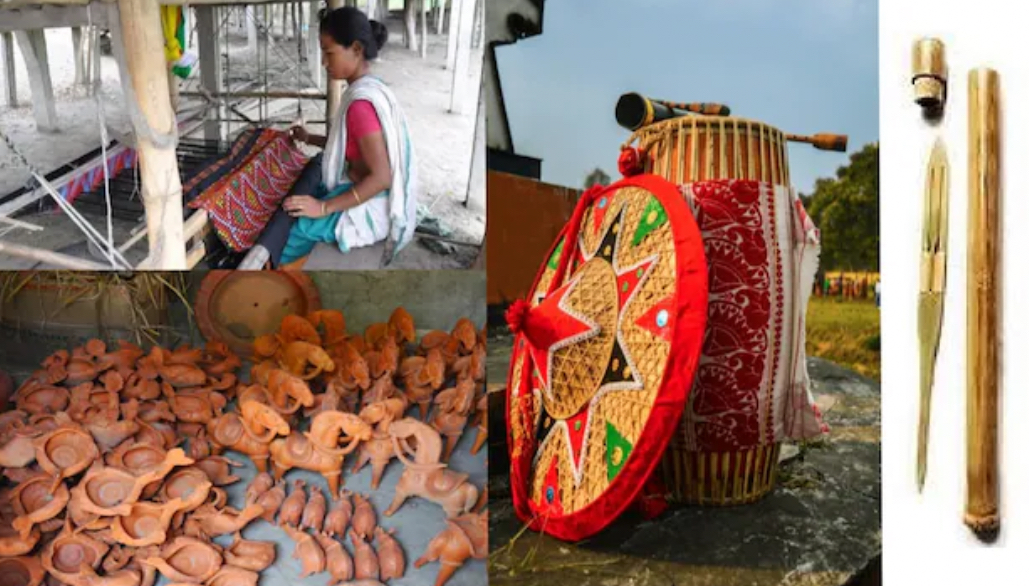
Crafts and Attire : Some of the six traditional crafts from Assam that have received GI tags are the Asharikandi clay craft, the Pani Meteka craft, and the Sarthebari metal craft. A lot of the cultural character of Assam comes from these crafts, which show off the skill of Assamese artists. It has also been given GI tags to recognise native clothing like the Bodo Dokhona and the Bodo Eri silk, which is known for being made without violence.
Banaras Thandai and Artistic Creations:
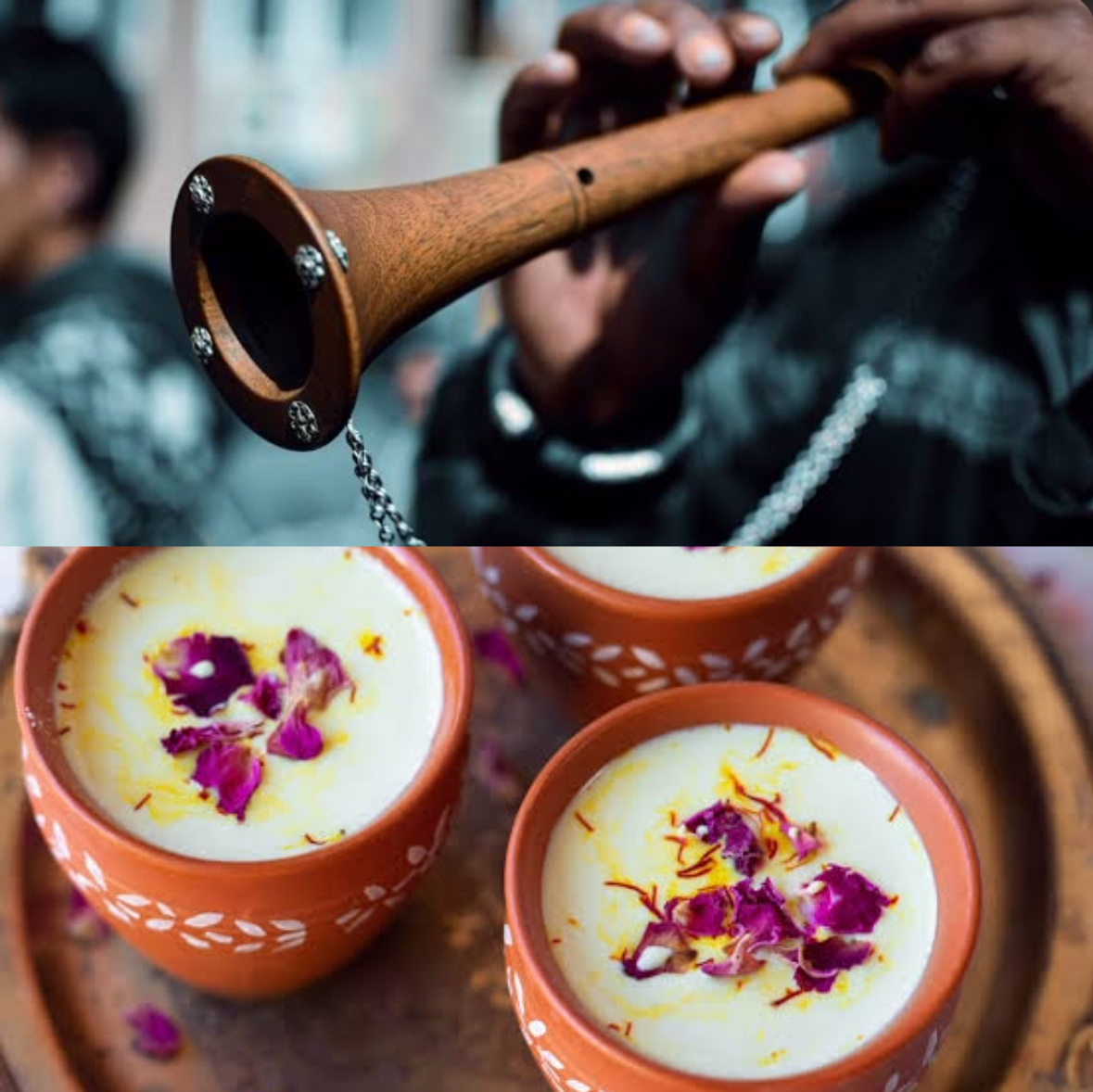
Banaras Thandai, a well-known drink made by mixing milk with nuts, seeds, and spices, now has a GI tag. This is another great example of handmade goods made in the city. Some artistic works from Banaras, such as the Banaras Tabla, the Banaras Shehnai, and the Banaras Lal Peda, have received the GI designation. These pieces show off the city's artistic past and craftsmanship.
Tripura's Unique Offerings:
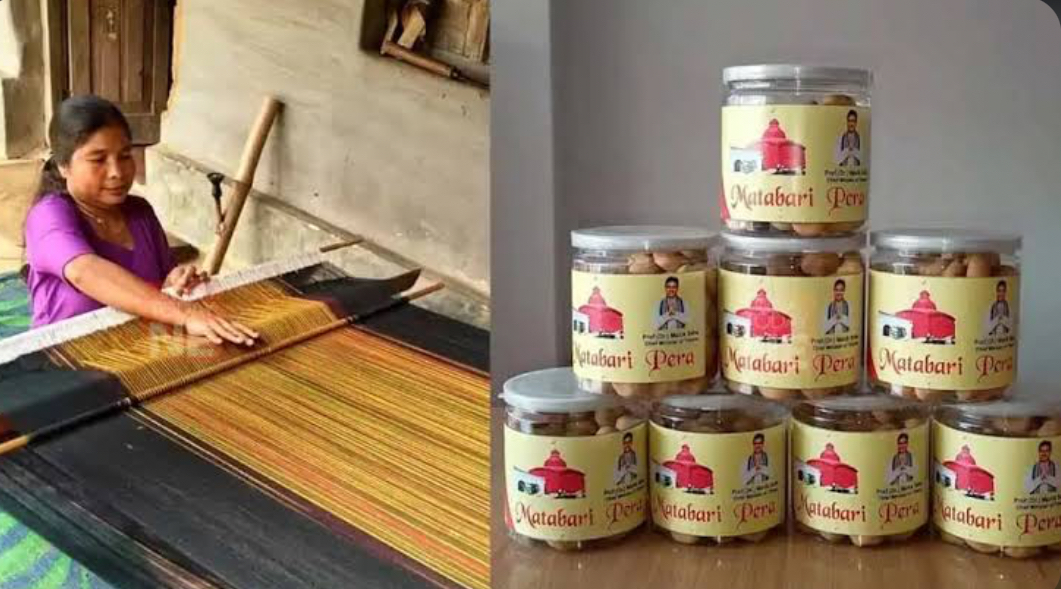
Two other things that make Tripura unique are the Pachra-Rignai native dress and the Matabari Peda sweet treat. These tags show off the state's rich cultural heritage and also help the economy grow and get known around the world.
Meghalaya's Culture and Artefacts: Meghalaya's GI tags for Garo Textile weaving, Lyrnai Pottery, and Chubitchi show the area's long-standing cultural practices and exceptional workmanship. Associating these goods with social and cultural practices shows how rich the legacy is in Meghalaya's communities.
Lac Bangles and Other Art Forms from Hyderabad:
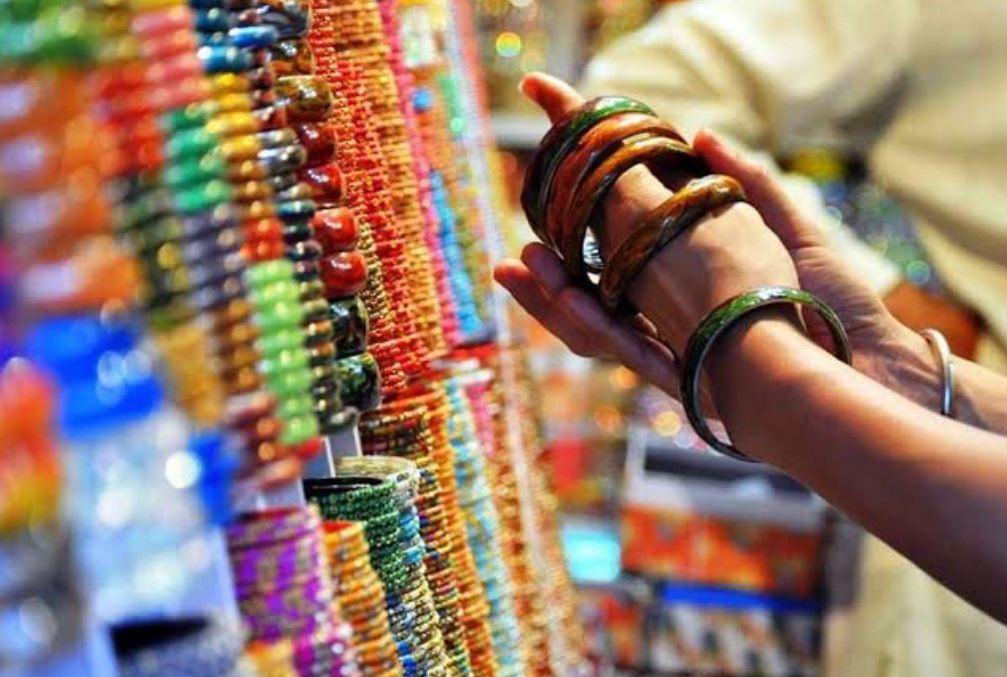
Officially recognised as a GI item, the famous Lac Bangles of Hyderabad have reached a major milestone for the artists and helped the local handicraft industry. Furthermore, lac bangles, Ratlam Riyawan Lahsun (garlic), and other traditional goods from different parts of India have also been recognised, showing how varied the country's culture is.
Revival of traditional crafts in Kashmir:
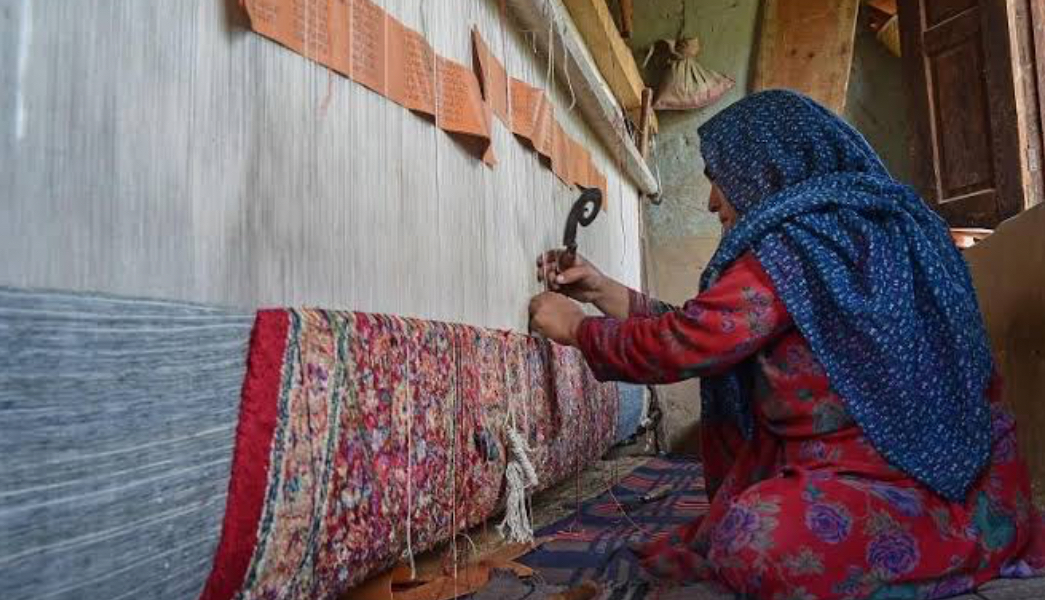
Labelling Kashmiri shawls and rugs with GI numbers has brought back old methods of hand-spinning yarn and weaving, giving women more power and protecting centuries-old skills. Because the labels make the goods more marketable and guarantee their authenticity, they lead to more exports and economic growth in the area.
Impact and Expert Insights
GI tags make a big difference that goes beyond identification. They're very important for boosting the economy, protecting cultural heritage, and giving local groups more power.
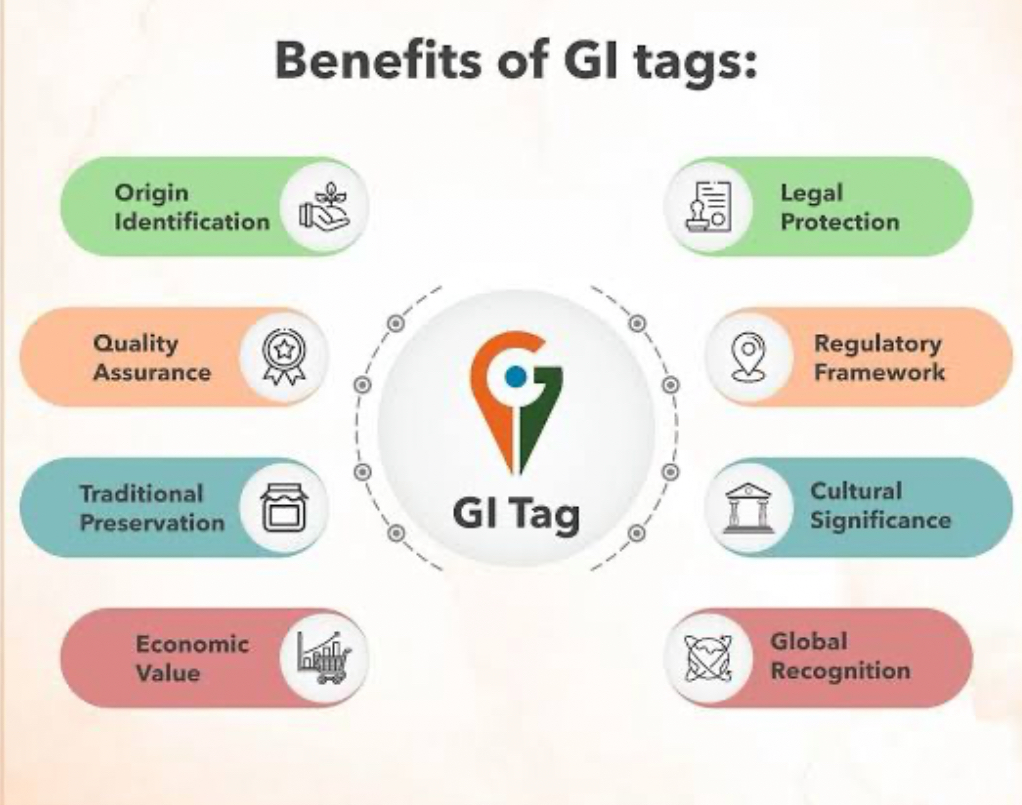
- Heritage Preservation: Labels with GI numbers are very important for keeping traditional crafts and recipes alive so that future generations can enjoy them.
- Providing economic empowerment: Identification with GI tags creates new markets, raises demand, and helps artists and local communities make a living.
- Quality Control: GI tags give customers confidence in the validity and quality of a product, which builds trust and loyalty.
- Cultural Identity: Geographical indications (GI tags) honour the distinctive cultural identity of areas, supporting cultural diversity and property protection.
Expert Perspectives
Himanta Biswa Sarma, Chief Minister of Assam: "GI tags are a testament to Assam's rich heritage and a significant boost for our artisans and traditional crafts."
Mohammed Hissamuddin, Hyderabad Lac Bangles Industry: "The GI tag not only gives us identity but also expands opportunities, benefiting numerous artisan families."
Mahmood Shah, Director, Handloom and Handicrafts, Kashmir: "GI tagging has revived traditional methods, empowered women artisans, and boosted exports, marking a new chapter for Kashmiri crafts."
Final Thoughts
Giving GI tags to more than 60 products across India is a celebration of the country's deep cultural diversity, outstanding artistic talent, and economic promise. Industrious artisans, craftsmen, and communities have worked hard to keep India's unique history alive and show it off to the world.
Image Source: Multiple Agencies
(Inputs from agencies)
© Copyright 2024. All Rights Reserved Powered by Vygr Media.



